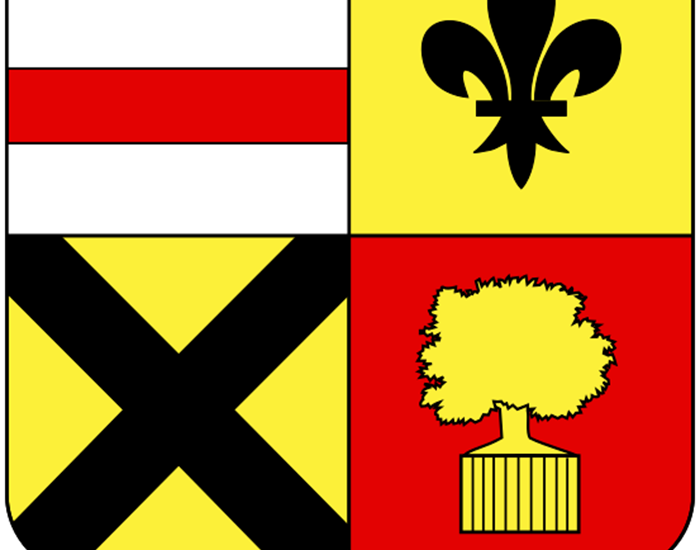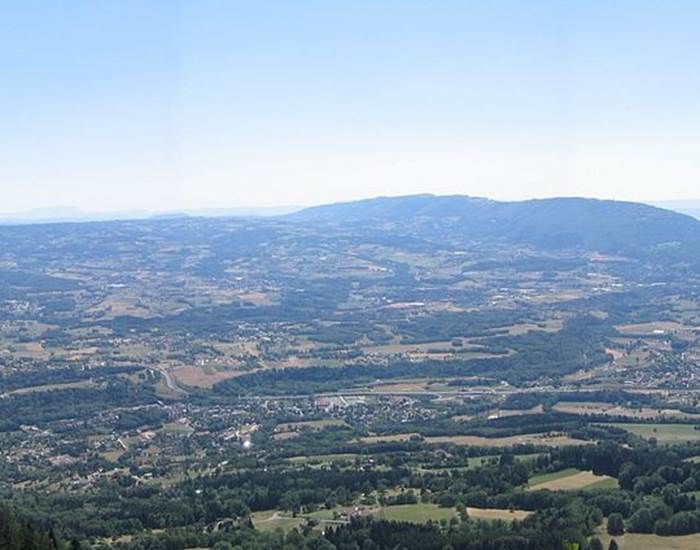Bonne and her story
Good through the ages
The commune of Bonne, located in the province of Faucigny, has a rich history marked by its battles and its trade. Since prehistoric times, man has occupied the site, with more precise traces dating from the Gallo-Roman period. Its varied landscapes, ranging from 496m to 1303m above sea level, have favored the development of various economic activities.
The marmottons' accommodations are located in the Basse-Bonne sector.
Good in the Middle Ages
Bonne was a strategic military point, with its fortified castle and its active town divided into Haute-Bonne and Basse-Bonne. The territory has known various lords, from the Lords of Faucigny to the Dauphins of Viennois, before joining the States of Savoy in 1355.
The castle and its fortifications
The Château de Haute-Bonne, fortified in the 13th century, constituted a key position. In the 17th century, its fortifications were dismantled, but the town of Basse-Bonne remained a commercial center thanks to its franchises.
Churches and chapels
The Saint-Pierre church, dating from the 12th century, lost its importance over the centuries, gradually replaced by the Saint-Nicolas de Haute-Bonne church, restored several times.
Medieval and religious wars
Bonne was often the scene of medieval conflicts, marked by battles between Genevans and Savoyards. The famous War of L'Escalade in 1602, where Bonne's troops were defeated in Geneva, is a significant event. The town also went through the wars of religion in the 17th century, suffering the consequences of the ambitions of Victor Amadeus II.
Annexation to France
After a period of independence and attachment to Savoy, Bonne became definitively French in 1860. Since then, it has evolved as a dynamic agricultural commune with prosperous trade.




